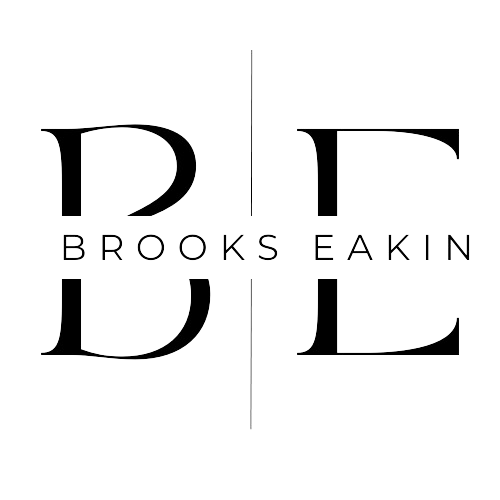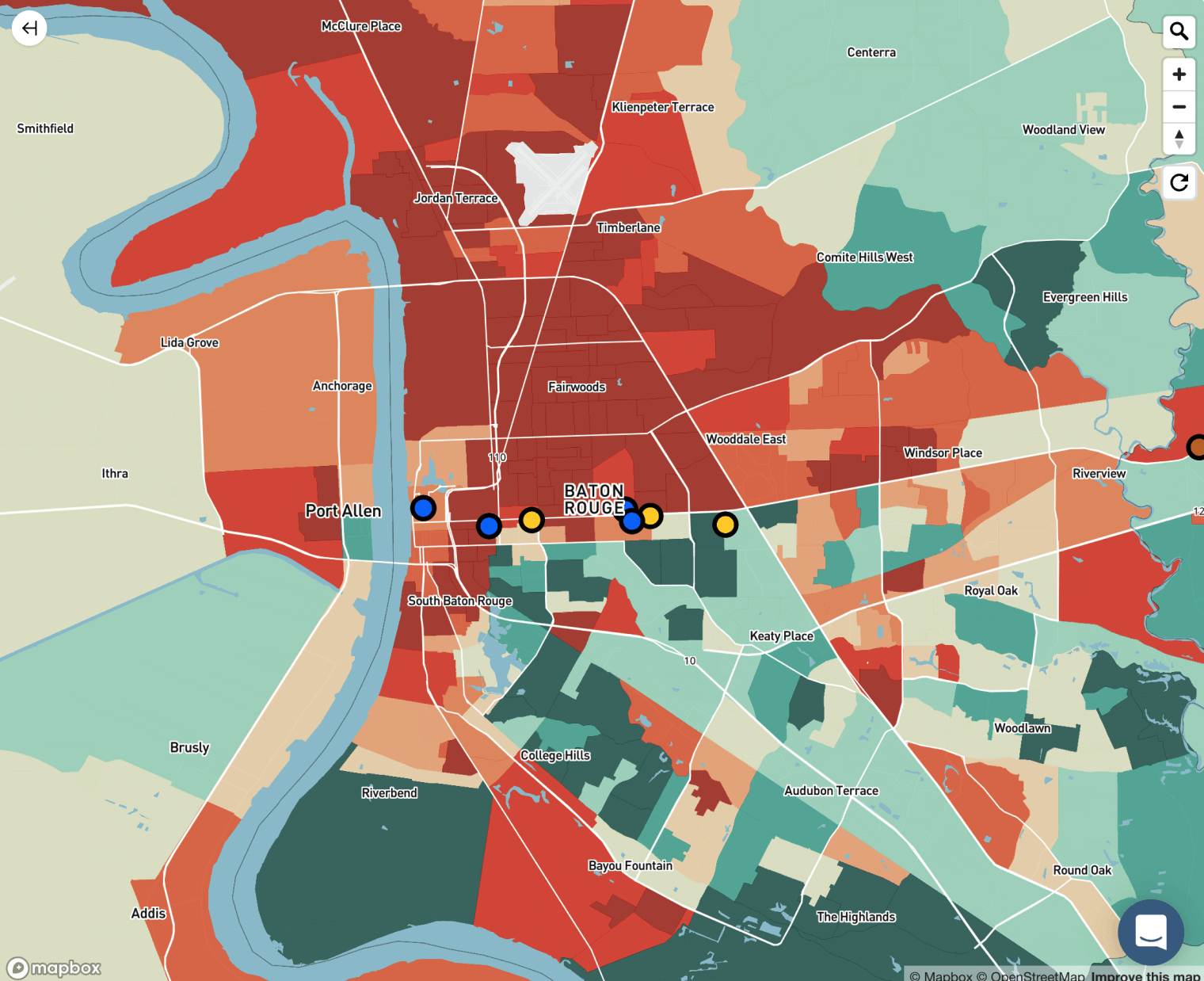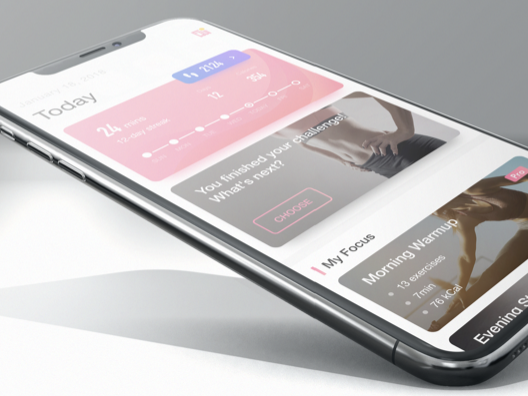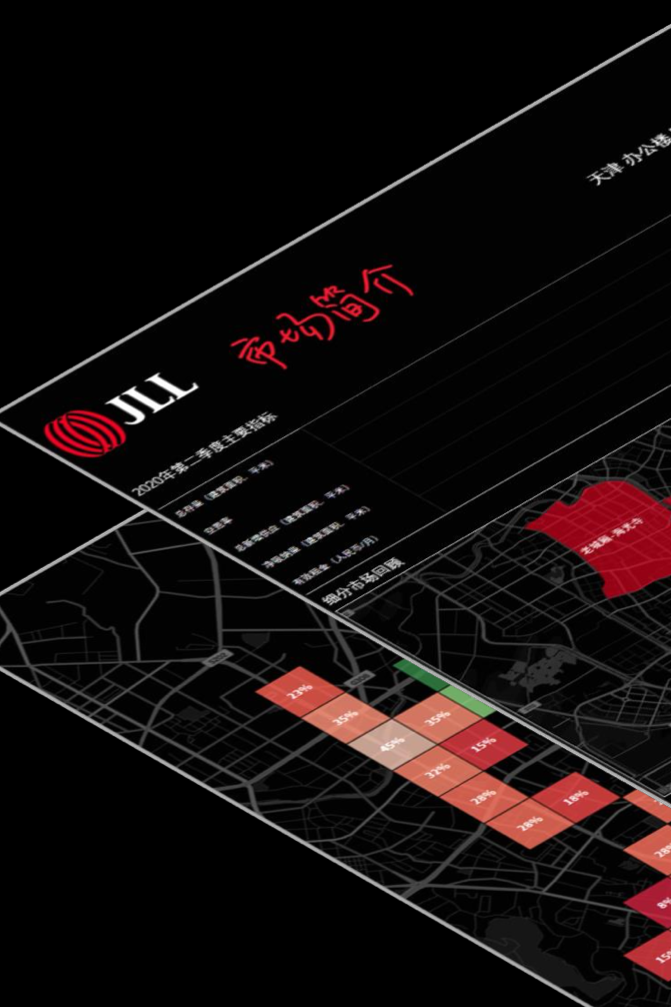Thrilled to meet you!
My name is Brooks.
I’m a researcher, designer, and strategist.
I specialize in bridging the gap between users and products by transforming research into exceptional user experiences. I’ve worked in early-stage startups and established multinational firms, across the U.S. and China.
At the core of my UX philosophy lie two key convictions:
- Good design can empower people to be better, kinder, smarter, and more productive – everything we all dream of being.
- Good design requires empathy and compassion.
Outside of my work in tech, I’m an avid reader and writer, and I invite you to peruse some of my work here and across the usual social media outlets.
If you think I might be an asset to your team or a partner in your next venture, I’m easy to reach.

Case Studies
User Research
Finding the signal among the noise
An insightful UX function can validate product ideas and uncover hidden opportunities, multiplying your reach and sales potential.
Anthropology
Trained as a cultural anthropologist, I am most in my element when talking to people. Qualitative methodologies such as user interviews, focus groups, design workshops, usability studies, and ethnography can answer 80% of the questions I get as a UX researcher, and these answers often require very little additional interpretation to be palatable for the broader organization.
Plus, these methods have the advantage of being relatively lightweight, cheap, and trainable in a pinch.
Data Science
Quantitative methods often struggle to answer “why” questions, but are unmatched for “what” questions, or to establish whether need exists for further research. I have used benchmarking studies, user path analysis, heat mapping, app/web analytics, and statistical analysis to great effect when the need arose.
The downside, of course, is that these methods are highly specialized and often pricey. However, in the hands of a mature UX team, in the right context, they can offer laser-focused clarity.
Organization
Great UX is typically a hallmark of organizational maturity, rather than of one or two genius designers working on their own. Putting the user first in the design process necessitates the establishment and enforcement of a number of best practices, including:
- Accessibility frameworks
- Comprehensive style guides
- Adherence to established heuristics
- Logical, well-maintained hierarchies of information
- Data retention/PII policies



